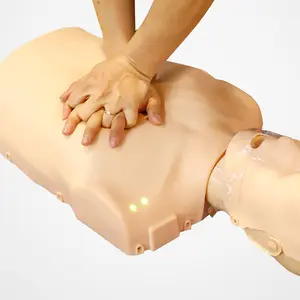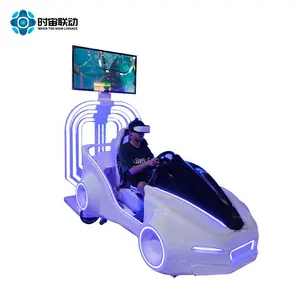Exploring Auto Training Simulators
Auto training simulators have emerged as an essential tool in the realm of driver education and training. These sophisticated systems offer a dynamic and interactive environment for learners to gain hands-on experience in driving without the risks associated with real-life training. The auto training simulator category encompasses a variety of models designed to replicate various driving scenarios and conditions.
Types and Applications
From driving lesson simulators that cater to beginners, to advanced driving training simulators used by professional driving schools, the range is extensive. These simulators serve not only for drivers ed driving simulator purposes but also for research and development within the automotive industry. The car driver training simulator is particularly beneficial for new drivers, providing a safe space to practice maneuvers and understand vehicle dynamics.
Features and Materials
Each auto training simulator is equipped with realistic controls and feedback systems to mimic the feel of a real vehicle. Materials used in their construction are chosen for durability and authenticity, ensuring that users get a realistic experience. Advanced models may include adjustable settings to simulate different weather conditions, traffic scenarios, and even vehicle types, which are crucial for comprehensive car simulator training.
Educational Advantages
The educational benefits of using an auto training simulator are manifold. They provide an immersive learning environment that can be tailored to individual learning speeds, which is especially beneficial in driving lesson online simulator programs. For institutions offering car driving training simulator online courses, these simulators are invaluable for ensuring that students receive consistent and thorough training, regardless of location.
Anatomical Accuracy and Functionality
Beyond driving skills, certain auto training simulators are designed to replicate human anatomy for medical training purposes. These models offer life-like representations of organs and body systems, allowing for a deeper understanding of human physiology. They are indispensable in medical education, providing a practical approach to learning that textbooks alone cannot offer.
Conclusion
The auto training simulator category is a testament to the advancements in educational technology. By offering a risk-free, controlled, and adaptable learning environment, these simulators play a pivotal role in shaping the skills of aspiring drivers and medical professionals alike. As this technology continues to evolve, its impact on learning and development is set to expand even further.












































 浙公网安备 33010002000092号
浙公网安备 33010002000092号 浙B2-20120091-4
浙B2-20120091-4